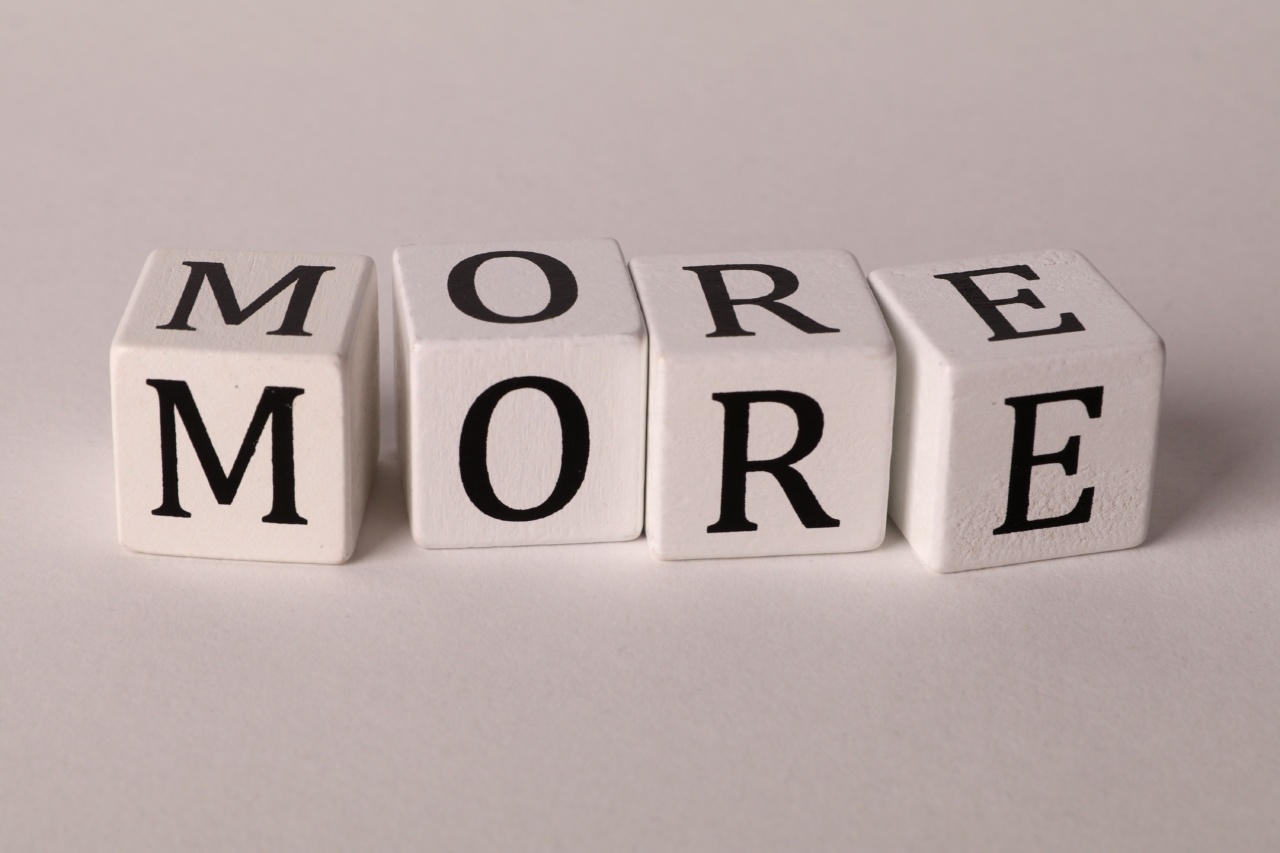When it comes to our beauty routine, eyebrows are often considered as one of the most important features. They frame our face, highlight our eyes, and can even express our emotions.
However, as we age, we may notice that our once full and lush eyebrows are becoming more sparse.
There are many reasons why this can happen, ranging from natural aging to medical conditions. In this article, we will explore the possible causes of eyebrow thinning and offer solutions for getting your eyebrows back to their healthy state.
Natural Aging Process
The most common reason for eyebrow thinning is simply the natural aging process. As we get older, the hair on our head, including our eyebrows, tends to become thinner and more prone to falling out.
This is due to a decrease in the hair growth cycle and a decrease in the production of hormones that contribute to hair growth.
In addition to thinning, aging can also cause greying of the hair in our eyebrows. This is due to a decrease in melanin production, the pigment that gives our hair its color.
Hormonal Changes
Hormonal changes can also contribute to eyebrow thinning. This can occur during puberty, pregnancy, menopause, and even as a result of certain medications such as hormonal birth control or hormone replacement therapy.
During puberty, an increase in hormone levels can cause the growth of new hair on the face and body. However, as we age, our hormone levels tend to fluctuate, leading to hair loss or thinning.
Pregnancy can also cause hormonal changes that affect hair growth. Many women experience a full, thick head of hair during pregnancy, only to experience hair loss or thinning after giving birth.
Nutritional Deficiencies
Nutritional deficiencies can also contribute to eyebrow thinning. A lack of certain vitamins and minerals, such as biotin, vitamin D, iron, and zinc, can lead to hair loss or thinning.
If you are experiencing eyebrow thinning, it may be helpful to incorporate foods that are rich in these nutrients into your diet, or speak with your healthcare provider about taking supplements.
Medical Conditions
There are several medical conditions that can cause eyebrow thinning. These include:.
- Alopecia Areata: An autoimmune disorder that causes hair loss on the scalp, face, and body.
- Hypothyroidism: A condition in which the thyroid gland does not produce enough hormones, leading to hair loss and thinning.
- Atopic Dermatitis: A form of eczema that can cause inflammation, scaling, and hair loss on the eyebrows and other areas of the face.
- Lichen Planus: An inflammatory skin condition that can cause hair loss on the scalp and eyebrows.
If you suspect that a medical condition is causing your eyebrow thinning, it is important to speak with a healthcare provider for diagnosis and treatment options.
Over-Plucking or Waxing
One of the most common reasons for eyebrow thinning is over-plucking or waxing. The constant removal of hair from the same area can lead to damage to the hair follicles, resulting in thinning or even permanent hair loss.
If you have been over-plucking or waxing your eyebrows for an extended period of time, it may be helpful to take a break and allow your eyebrows to grow back naturally.
Once they have grown back, consider seeing a professional for shaping and maintenance to avoid further damage.
Stress
Finally, stress can also contribute to eyebrow thinning. When we are under stress, our bodies produce cortisol, which can interfere with the natural hair growth cycle. This can lead to hair loss or thinning.
If you suspect that stress may be contributing to your eyebrow thinning, it may be helpful to incorporate stress-reducing practices into your daily routine, such as meditation, yoga, or deep breathing.
Conclusion
There are many reasons why our eyebrows may become more sparse, ranging from natural aging to medical conditions.
By identifying the cause of your eyebrow thinning, you can take steps to address the issue and restore your eyebrows to their healthy state.
If your eyebrow thinning is persistent or severe, it may be helpful to speak with a healthcare provider or a professional esthetician for further guidance.































